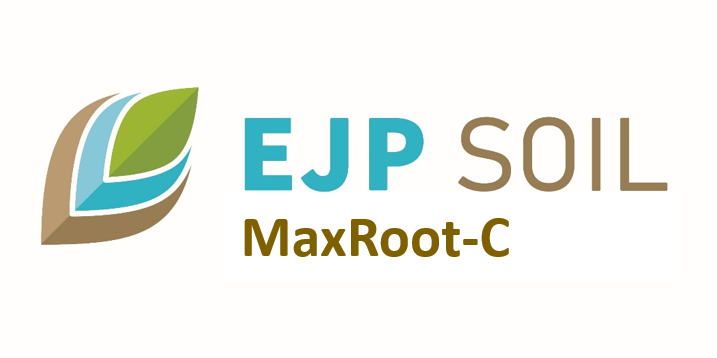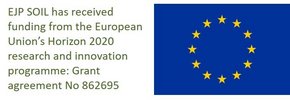MaxRoot C
| Start: | 1 November 2021 |
| Duration: | 36 Months |
| Aim: | Optimizing roots for sustainable crop production in Europe – pure cultures and cover crops. |
| Keywords: | Carbon sequestration, root carbon, breeding, cultivars, commodity cereals, soil organic carbon, climate smart agriculture. |
| Contact: | Project coordinator: Rebecca Hood-Nowotny (Rebecca.Hood@BOKU.ac.at) Project communication representative: Anna Wawra (anna.wawra@ages.at) |

To reduce the effect of climate change on food security, carbon farming is indispensable. Mobilizing crop producers to support this transformation requires promotion of cropping systems with equivalent profitability, but higher soil C sequestration. The most viable yet neglected option is through increased and deeper roots of main and cover crops.
MaxRoot-C will pioneer assessment methods closing this knowledge gap by providing robust hard data on the root C inputs of main crop varieties and different cover crops across the EU, to determine main drivers and model the C sequestering potential therein. It will provide policy relevant data on which to base future CAP instruments and contribute to the development of future carbon sequestration standards for the EU approved seed lists.
The topic of roots in agriculture is generally understudied and requires a large workload in order to come to comprehensive and relevant data sets, conclusions and thus recommendations at European scale.
Roots are the key for climate change adaptation and mitigation. With more and deeper roots, agricultural crops can access deeper water and nutrient resources which makes them more resilient to drought events under climate change conditions . Roots are also the main precursor of soil organic carbon (SOC) with a much higher efficiency to build up SOC compared to other biomass that is left in soils. However, there is a tremendous lack of data on the extent and distribution of roots for different crop types and varieties and the options to maximize root C input to the soil to enhance SOC. Current data and knowledge does not allow for prediction of root derived SOC storage in agricultural soils, specifically in relation to the nature versus nurture properties of roots, or more commonly referred to as the Genotype x Environment x Management interaction (GxExM). That is, how genetically predisposed root traits or functions interact with the environmental factors such as the complex soil and climate characteristics within the different management systems.
The aim of MaxRoot-C is to assess agricultural measures to increase root carbon inputs to the top- and subsoil and, with this, SOC stocks via selection of main crop varieties and cover crop types in the most common European cropping systems.
Figure1: Synergies, overlaps and outcomes of MaxRoot-C
The projects, MaxRoot-C and MIXROOT-C are complementary to each other and are developed to ensure maximum synergies and maximum complementarity. The two projects focus on different systems, one on conventional, pure cultures and one on mixed cultures. Both systems are relevant in European agriculture since one is the dominating system (pure cultures) and one is an upcoming niche system (mixed system). In both systems large knowledge gaps exist on aspects of root C input to the soil and their role for soil C. In pure culture systems the main question is how different genotypes and cover crop types can be used and developed by breeders that optimize and maximize root C input (MaxRoot-C). In mixed systems it is the question how synergistic effects can be stimulated by combining different crop types (MIXROOT-C).
Articles about results from MaxRoot C:
- Tripolskaja, L.; Kazlauskaite-Jadzevice, A.; Razukas, A. Organic Carbon, Nitrogen Accumulation and Nitrogen Leaching as Affected by Legume Crop Residues on Sandy Loam in the Eastern Baltic Region. Plants 2023, 12, 2478.
- Layla M. San-Emeterio, Lorena M. Zavala, Nicasio T. Jiménez-Morillo, Ignacio M. Pérez-Ramos, and José A. González-Pérez. Effects of Climate Change on Soil Organic Matter C and H Isotope Composition in a Mediterranean Savannah (Dehesa): An Assessment Using Py-CSIA. 2023. Environmental Science & Technology 2023 57 (37), 13851-13862.
